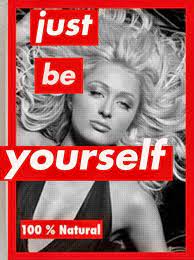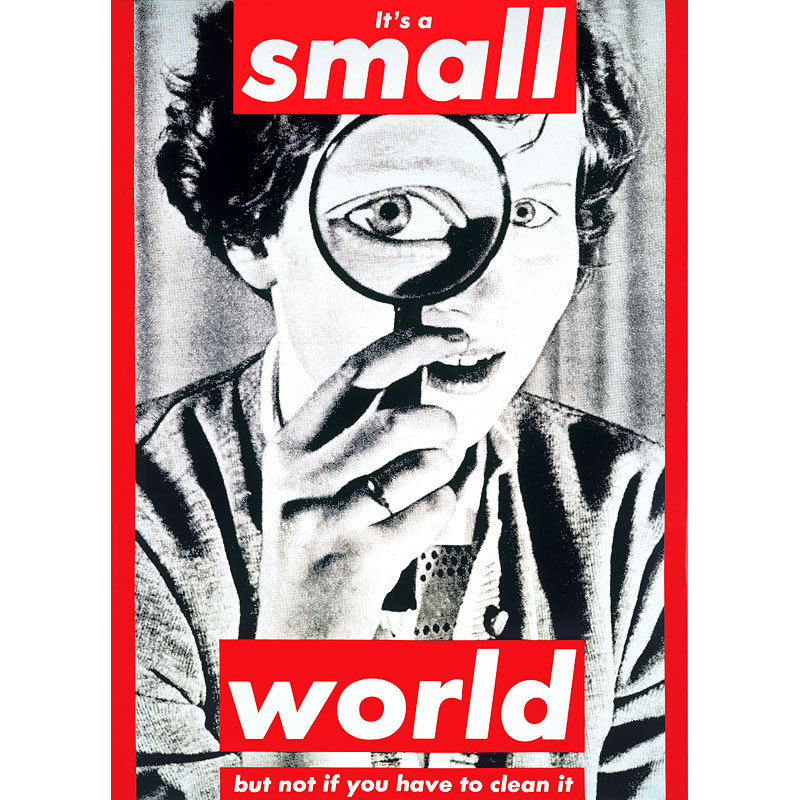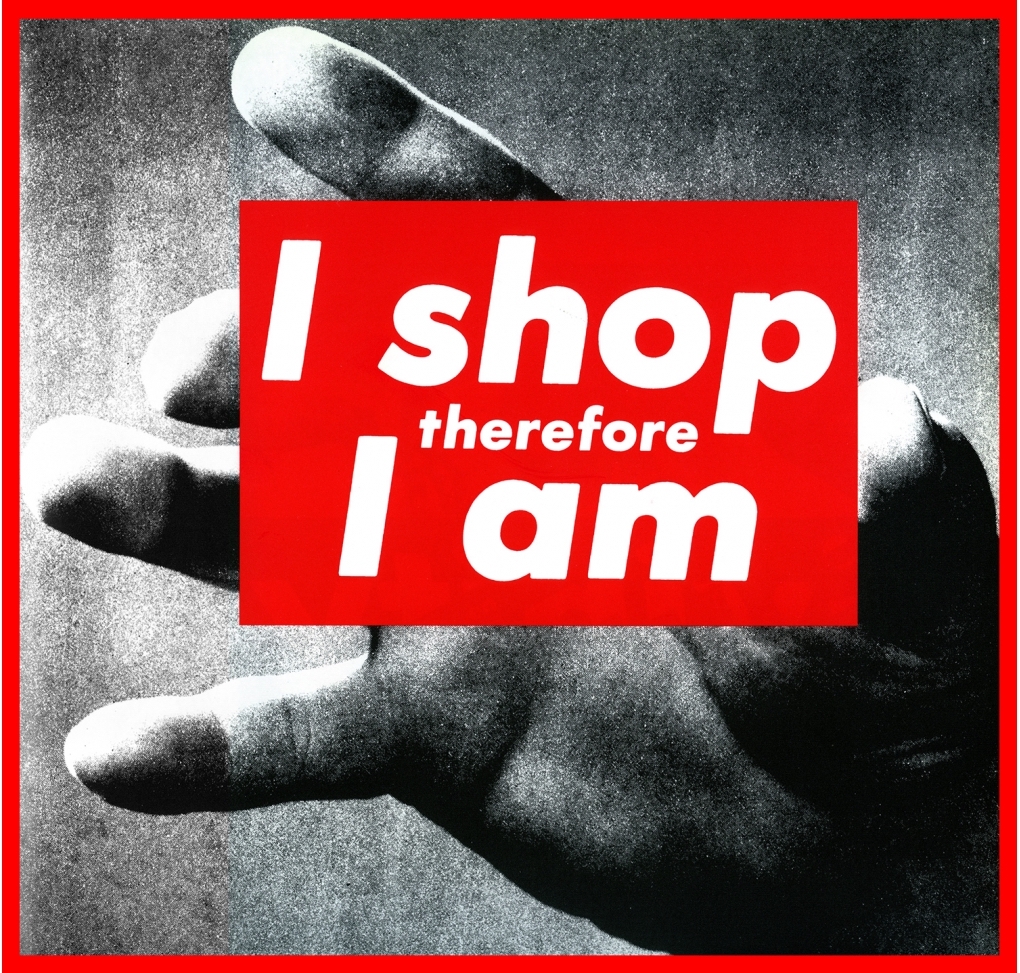For my exam, i will be focussing on the theme of ocean pollution. I will be expressing my ideas through portrait photography within my project, to highlight the demolishing impact of human plastic waste within the ocean and too also add an empathetic effect on the viewer by switching the marine life to humans.
My main photographer will be Andreas Franke, I will be emulating Franke’s work while including parts from Carroll’s’ and Kruger’s work.
Things to collect:
- seaweed
- bottles
- bags
- flip flops
- wheels
- rope
- baskets
- nets
Artist 1- Andreas Franke
Andreas Franke, based in Vienna, is a passionate diver and award winning photographer. For Luerzer‘s Archive he is among the 200 Best Photographers. He is the founder, owner and chief photographer of Staudinger+Franke He worked for great brands like Ben&Jerry’s, Coca-Cola, Ford, General Electric, Gillette, Heineken, Nike, Visa or Wrigley‘s. His still life’s and his surreal effects are famous. In his pictures every little detail is planned precisely. There is no space left for fortuity. Andreas Franke is a traveller. He travels through the world and between the worlds. His job frequently leads him to several countries on several continents. So does his passion the scuba diving. In his pictures Franke crosses the borderlines between fantasy and real life.
Frankes work focuses on having a plastic free ocean.
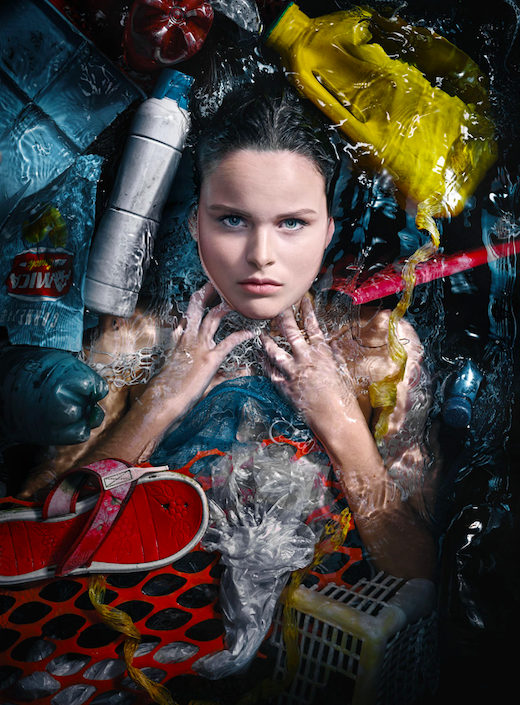
“With my art, I don’t want to shock anyone, but rather to draw attention to a subject to make people think. I believe that humanity has learned to repress shocking images. The more frightening the pictures, the more ineffective they become in the end. Shocking images of sea creatures are not processed any further by many people. They have no relationship to the ocean, and therefore have no relationship to its living beings, and so they do nothing. Representing everything that is beautiful in this world, I show beautiful people. Representing our future, I show our next generation. I show both groups in the water among plastic garbage, which was collected along the coast of Italy in a single day. Through the next set of images I isolate individual plastic items from the first series and juxtapose them with facts to create more awareness about the extent of the plastic problem in our oceans.” – Andreas Franke
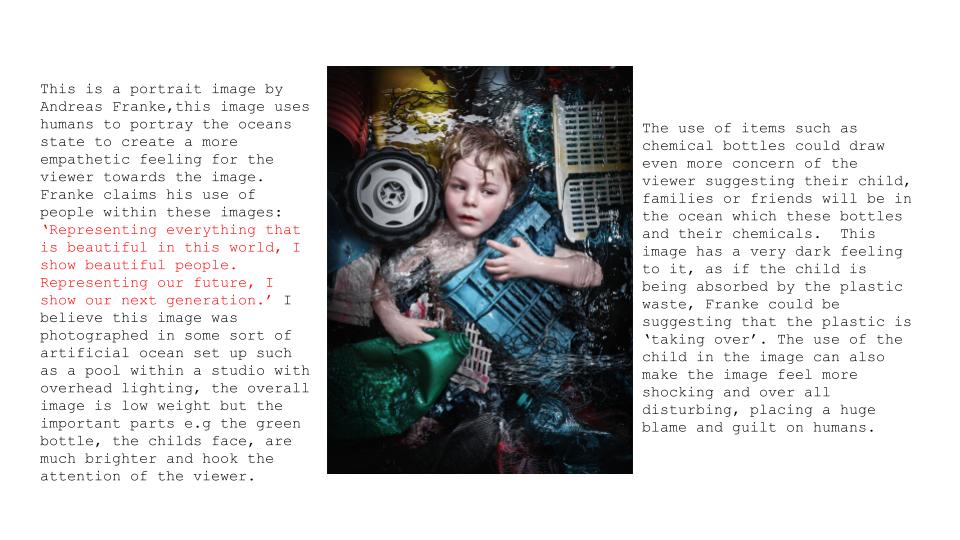
Photoshoot plan

Artist 2- Jeremy Carroll
Jeremy Carroll is an artist and professional photographer who wants to change the state of the ocean caused by man by bringing the problem to the forefront of people’s minds.
I will be inspired by these images here taken from Jeremy Carrolls album called ‘Marine Polution’ eatured in an exhibit called ‘Entanglement’.

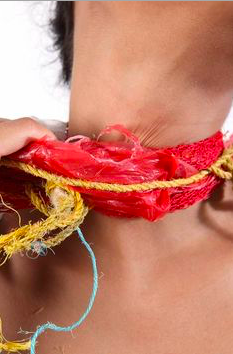
Today’s state of Ocean pollution is affecting marine wildlife in a dramatic way. Us Humans are responsible for this disaster and we are yet to suffer the consequences. This photographic work translates the issues marine wildlife is facing in regards to marine pollution by creating a human analogy on plastic ingestion and entanglement. My goal is to open new eyes on the challenges that lay before us. – Jeremy Carroll
Jeremy Carroll is the artist and photographer behind this incredible collection of images featured in an exhibit called Entanglement that we first caught sight of on Treehugger. Each image depicts a human being caught up in the waste that is commonly found in seawater and along beaches such as discarded fishing nets, plastic bottles, grocery bags and flip flops. With the way things are going, The Ellen MacArthur Foundation predicts that there will be more plastic than fish in the sea by 2050. Even without hearing this shocking prediction we can tell things are looking grim with the horrifying and heartbreaking images of innocent turtles and whales found trapped in plastic or with a stomach full of garbage created and disposed of by humans. While many of us feel saddened by the harm inflicted on marine wildlife, many people still take an “out of sight, out of mind” approach to justifying the use of disposable, single-use plastic products. Perhaps true empathy for the state of our oceans can only come when we imagine our loved ones caught up in these human-made messes. But empathy is only step one, the journey to cleaning up our oceans and reducing the waste we dispose will take action and conscious consuming.
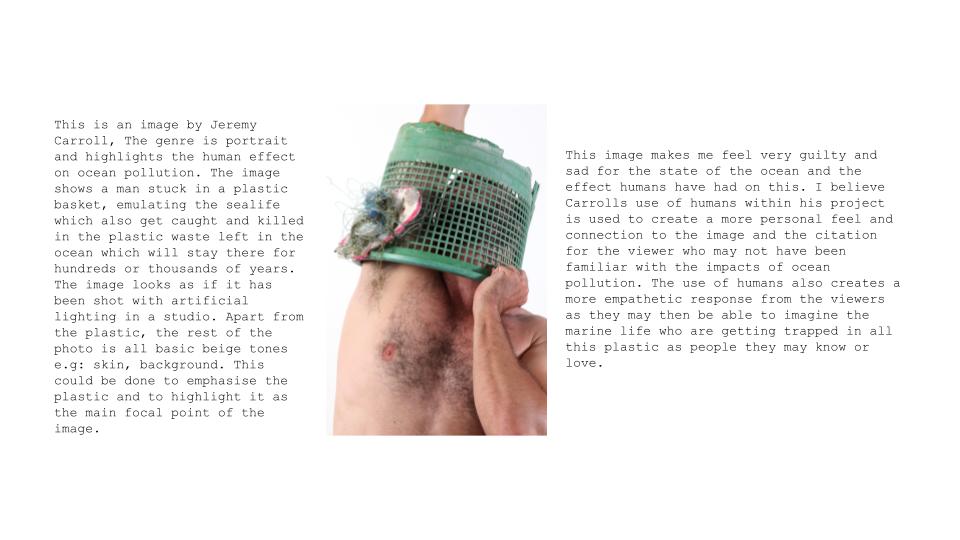
Barbara Kruger
I will be taking inspiration from Kruger and her style of declarative captions and placing my own on my work to highlight the unjust human affects on the ocean and its sea life
Barbara Kruger is an American conceptual artist known for her combination of type and image that conveys a direct feminist cultural critique. Her works examine stereotypes and the behaviours of consumerism with text layered over mass-media images. In 1979, Kruger developed her signature style using large-scale black-and-white images overlaid with text. She repurposed found images, juxtaposing them with short, pithy phrases printed in Future Bold or Helvetica Extra Bold typeface in black, white, or red text bars. Within a short declarative statement, she synthesizes a critique about society, the economy, politics, gender, and culture. Kruger merges the slick façade of graphic design with unexpected phrases in order to catch the viewer’s attention using the language of contemporary publications, graphic design, or magazines.

